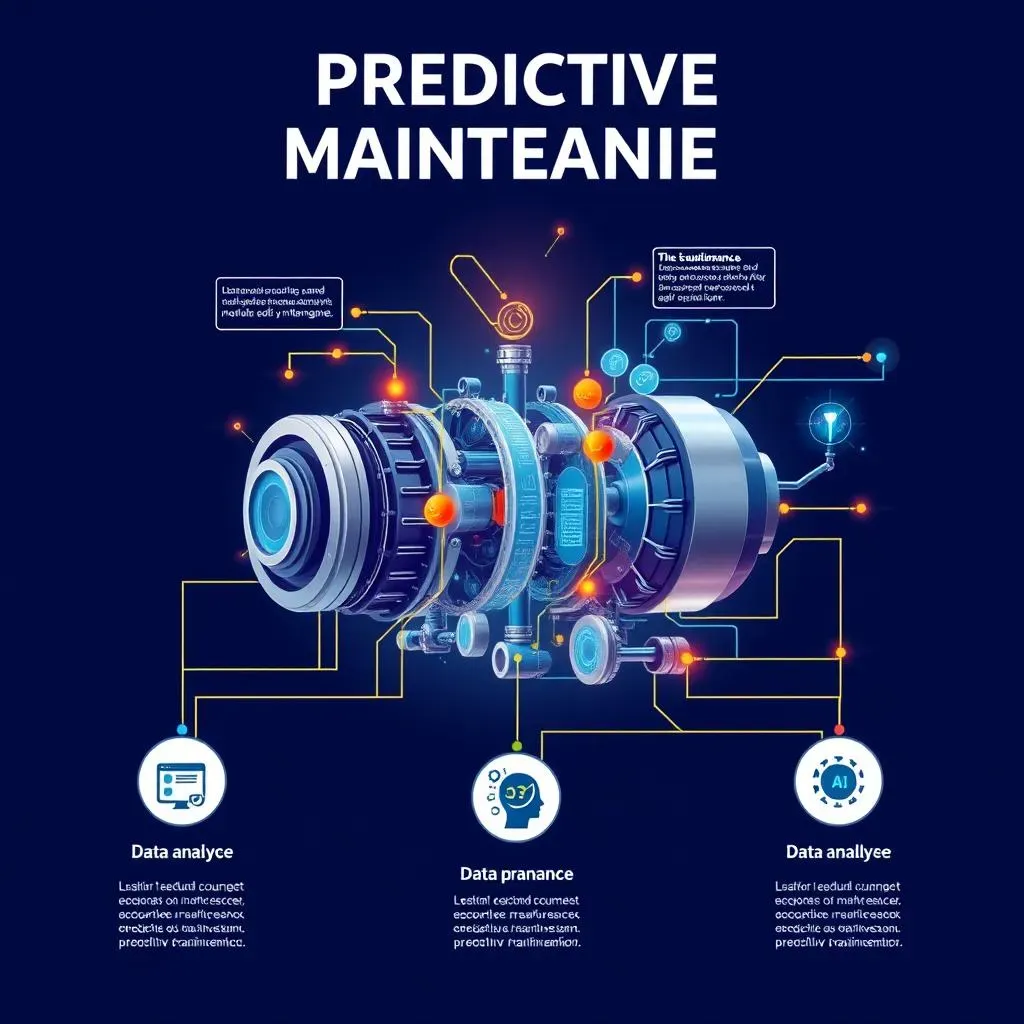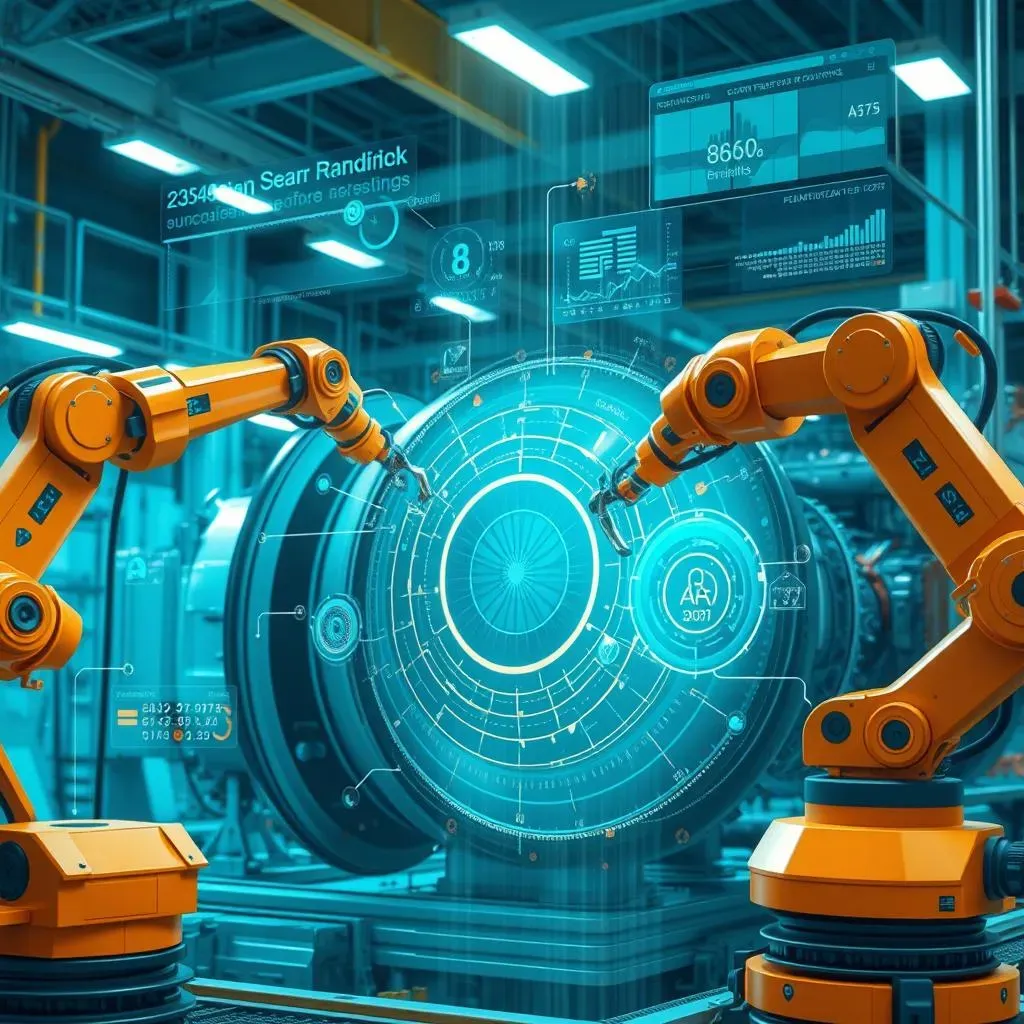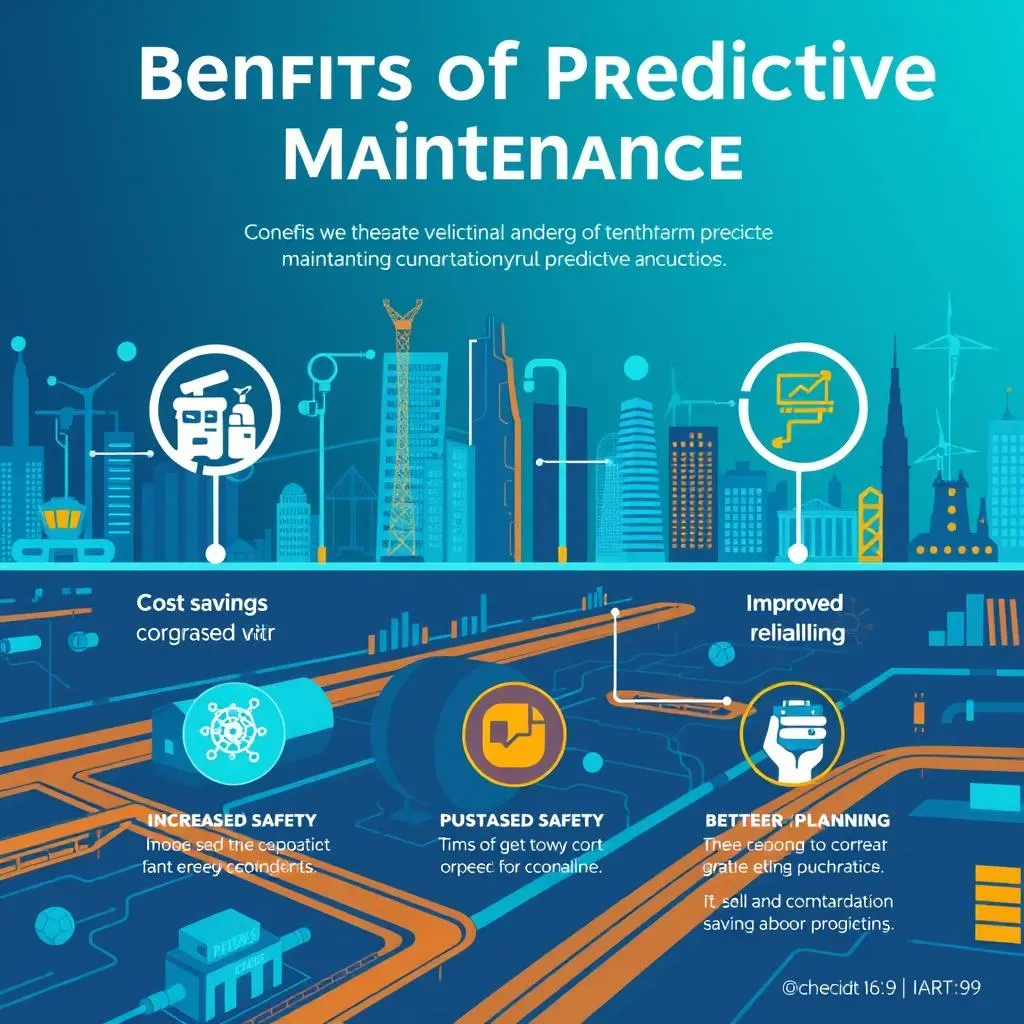Table of Contents
Ever wonder how some machines just keep going and going, while others break down at the worst possible time? It's not luck; it's often smart planning, and that's where "p maintenance" comes in. Think of it like this: instead of waiting for your bike to get a flat tire, you check the tire pressure regularly to avoid it. That's the basic idea behind predictive maintenance. This isn't about fixing things after they're broken; it's about using data and smart tech to see problems coming, so we can fix them before they become big headaches. In this article, we’re going to explore what makes p maintenance so effective. We'll look at the cool tools and technologies used, and see how they're used in real life. We will also see how this approach can save time and money, making things run much better. Get ready to discover how predictive maintenance is changing the game, one smart check-up at a time.
Understanding Predictive Maintenance
Understanding Predictive Maintenance
Okay, so you're diving into "p maintenance," huh? It's not as complicated as it sounds, I promise. Imagine your car. You don't just drive it until it stops working, right? You get the oil changed, check the tires, and listen for weird noises. Predictive maintenance is kind of like that, but for big machines and equipment. It's all about using data and smart tools to figure out when something might go wrong. Instead of just fixing things when they break (which is a pain), we try to predict when maintenance will be needed. This way, we can schedule things at a good time, avoid big problems, and keep everything running smoothly. It's like having a crystal ball for your machines, but instead of magic, it’s science and data.
The real trick is that predictive maintenance is different from just routine check-ups. With regular maintenance, you might change a part every six months just because that’s what the manual says. But what if that part is still in great shape? With predictive maintenance, you're actually looking at the current condition of the equipment. Are the vibrations too high? Is the temperature rising? Are there any weird sounds? We look at those things so we can take action when it’s really needed. It's like going to the doctor, they don't just give you medicine because its Tuesday, they check your body to see what's wrong. So, in a nutshell, predictive maintenance is about being proactive, not reactive, and using data to make smart choices about when and how to maintain equipment.
Type of Maintenance | Description | When it's Done |
|---|---|---|
Reactive Maintenance | Fixing equipment after it breaks down. | After a failure occurs. |
Preventive Maintenance | Scheduled maintenance based on time or usage. | At regular intervals. |
Predictive Maintenance | Maintenance based on the current condition of the equipment. | When data indicates a potential issue. |
The Tech Behind Predictive Maintenance
The Tech Behind Predictive Maintenance
The Cool Tools of the Trade
Alright, let's talk about the really fun stuff: the tech! Predictive maintenance isn't just some magic trick; it uses some pretty neat tools to see what's going on inside machines. We're talking about things like vibration sensors, which are like really sensitive ears that listen for unusual shaking. There's also infrared cameras that can see heat, helping us spot parts that are getting too hot before they fail. And don't forget about acoustic sensors, they can pick up sounds that we can’t even hear, telling us if something is grinding or wearing out. It's like giving our machines superpowers to tell us when they're not feeling well. These technologies are like the detectives of the machine world, constantly gathering clues to help us prevent problems before they cause chaos.
Another key part of the tech is oil analysis. Think of it like a blood test for machines. By taking samples of oil, we can see if there's any metal or other stuff floating around that shouldn't be there. This can tell us if parts are wearing down or if the oil isn't doing its job correctly. Then there's also non-destructive testing, which uses methods like ultrasound or x-rays to look inside parts without having to take them apart. It's kind of like how doctors can use an x-ray to see your bones without having to cut you open. All these tools work together, feeding data into computer systems. These systems analyze the data and help us figure out what’s going on and when it’s time to act. It's a mix of high-tech sensors and smart analysis that makes predictive maintenance so effective.
Technology | What it Measures | What it Detects |
|---|---|---|
Vibration Sensors | Shaking or movement | Imbalance, misalignment, wear |
Infrared Cameras | Heat | Overheating, friction |
Acoustic Sensors | Sound | Grinding, leaks, wear |
Oil Analysis | Oil condition and contaminants | Wear, contamination, lubrication issues |
Non-Destructive Testing | Internal structure | Cracks, flaws, corrosion |
RealWorld Applications of P Maintenance
RealWorld Applications of P Maintenance
Okay, so we've talked about what p maintenance is and the cool tech it uses. Now, let's see where this stuff actually gets used. It's not just for robots in sci-fi movies; it's used in lots of places you might not even realize. Think about a big factory that makes cars or toys. If one of their machines breaks down, it can stop the whole production line, costing them a lot of time and money. With predictive maintenance, they can keep an eye on their equipment, fix things before they fail, and keep everything running like a well-oiled machine. It's like having a pit crew for every piece of machinery, ready to jump in before a problem turns into a disaster.
Another big area where predictive maintenance is super useful is in the oil and gas industry. Imagine huge pipelines stretching for miles, carrying oil and gas. If there's a leak or a break, it can be really bad for the environment and the economy. So, they use all kinds of sensors and monitoring equipment to keep an eye on things, checking for corrosion or cracks. It can also be used in trains, where keeping the trains running safely and on time is important. It’s also starting to show up in wind turbines, where sensors track vibration and temperature, helping keep them spinning and making clean energy. These are just a few examples of how p maintenance is used to keep our world moving and safe. It's kind of like a silent guardian, always watching and making sure things don't go wrong.
Industry | Example Application | Benefit |
|---|---|---|
Manufacturing | Monitoring production line machinery | Reduced downtime, increased output |
Oil and Gas | Inspecting pipelines and equipment | Prevented leaks, improved safety |
Railway | Monitoring train wheels and tracks | Increased safety, on-time arrivals |
Renewable Energy | Wind turbine monitoring | Optimized energy output, reduced downtime |
Benefits of Using Predictive Maintenance
Benefits of Using Predictive Maintenance
Alright, let's get to the good stuff: why should anyone even bother with predictive maintenance? Well, the biggest reason is that it can save a ton of money. Think about it: instead of having a big, expensive breakdown that stops everything, you’re fixing small issues before they become major problems. This means less downtime, which is a huge win for any business. It’s like patching a small hole in your roof instead of waiting for it to collapse during a storm. Plus, you're not replacing parts that are still good, which saves money on materials. It's all about being smart with your resources and making sure they last as long as possible. So, in the long run, predictive maintenance isn't just about fixing things; it's about being smart with your money.
Another massive benefit is increased safety. When you're constantly monitoring machines, you're also catching potential hazards before they cause accidents. This is especially important in industries where things can get dangerous quickly, like oil and gas or manufacturing. It’s like having a safety net that’s always there, catching issues before they turn into disasters. Plus, with predictive maintenance, you’re not just reacting to problems; you're actively working to prevent them, which creates a much safer environment for everyone. And let's not forget that it makes things more reliable. When you know your equipment is in good shape, you can plan better, meet deadlines, and keep your customers happy. It's like having a car that you know will start every morning; it just makes life a lot easier and more predictable.
Benefit | Description | Impact |
|---|---|---|
Cost Savings | Avoid costly breakdowns and unnecessary part replacements | Reduced expenses, better resource allocation |
Increased Safety | Identify and address potential hazards before accidents occur | Safer work environment, reduced risk of injuries |
Improved Reliability | Ensure equipment runs smoothly, minimizing downtime | More efficient operations, better customer satisfaction |
Better Planning | Predict maintenance needs, schedule work efficiently | Improved workflow, more predictable outcomes |